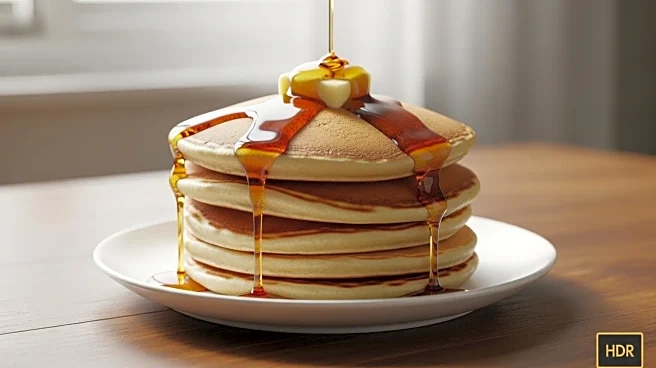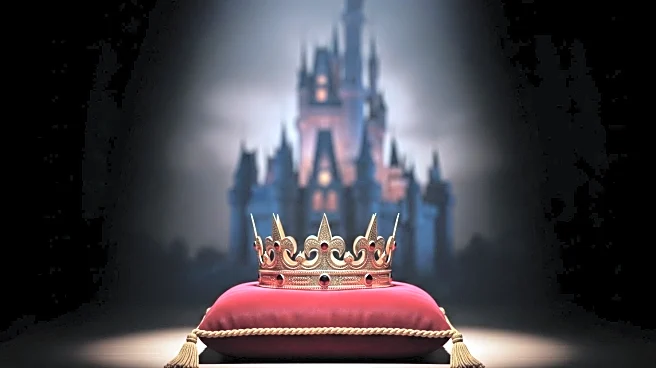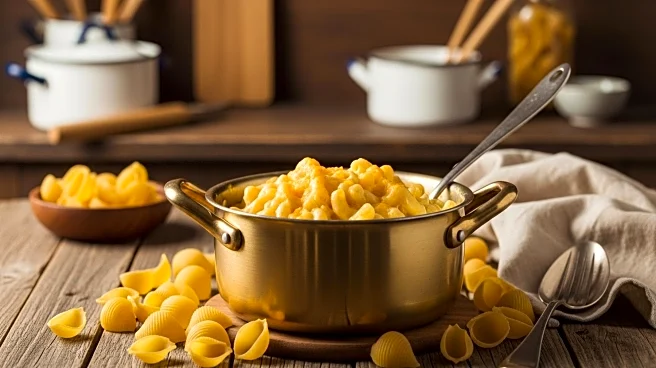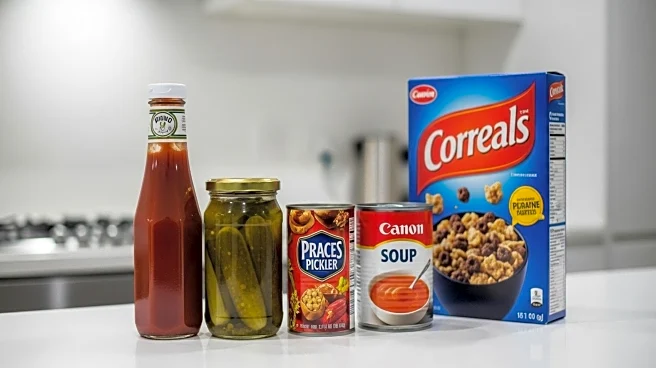Pancakes are a beloved dish enjoyed by many cultures around the world. Known for their versatility, pancakes can be served as a sweet or savory meal, often accompanied by syrup, fruits, or other toppings. In the United States, pancakes
are a staple breakfast item, typically made from a batter consisting of flour, milk, eggs, and baking powder. This dish has a rich history and cultural significance, particularly in North America and the United Kingdom, where they are traditionally consumed on Shrove Tuesday.
Origins and Ingredients
Pancakes have a long history, with variations found in many cultures. The basic ingredients include flour, milk, eggs, and a leavening agent such as baking
powder. In the Netherlands, pannenkoek, a type of pancake, traditionally includes buckwheat flour, although this is less common today. Milk can be substituted with soy milk without altering the final product.
Signature Preparations
In North America, pancakes are typically thick and fluffy, often served with maple syrup. British pancakes are thinner and resemble crepes, commonly enjoyed with lemon and sugar. The preparation
methods vary, but the cooking process usually involves pouring the batter onto a hot griddle or pan and cooking until golden brown.
Regional Variations
Pancakes differ significantly across regions. In the
United States, they are often served as a breakfast dish, while in the United Kingdom, they are associated with Shrove Tuesday, also known as Pancake Day. Dutch pancakes, or pannenkoek, can be larger and are sometimes served as a main course with savory toppings.
Cultural Significance
Pancakes hold cultural importance in various societies. In the UK, Pancake Day marks the beginning of Lent, where pancakes are consumed to use up rich ingredients before
fasting. In the U.S., pancakes are a symbol of comfort food, often linked to family gatherings and weekend breakfasts.

 Discover Daily
Discover Daily 











